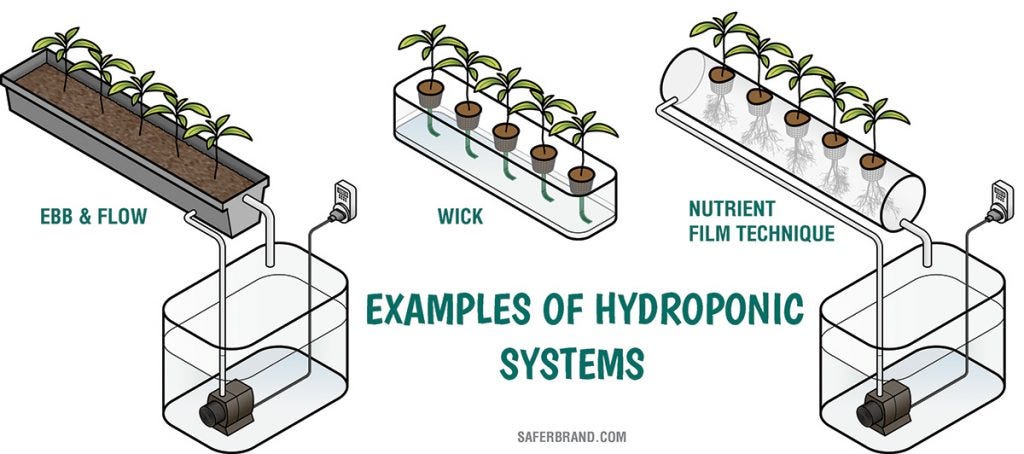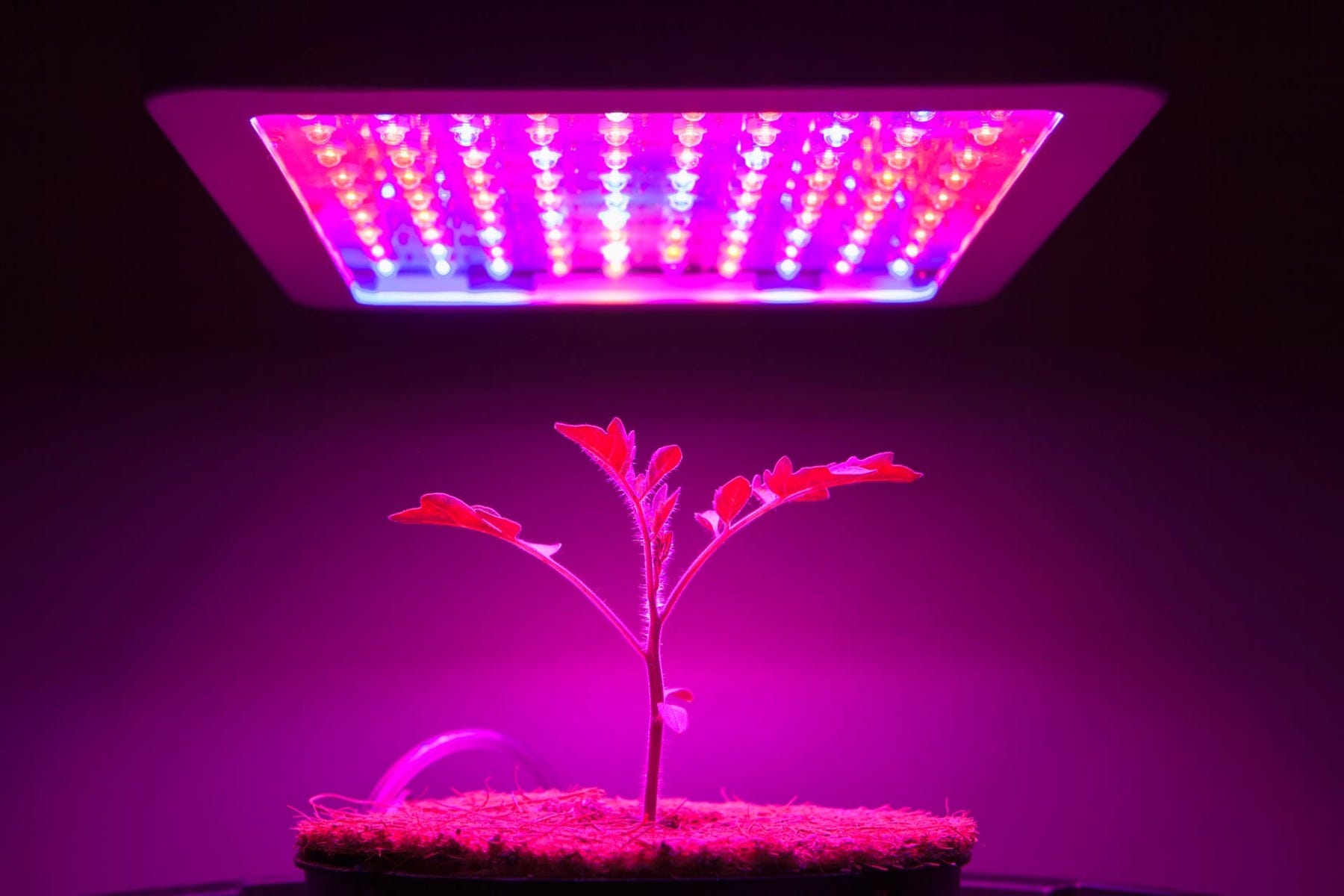
Congratulations on deciding to try a hydroponic growing system! Now that you’ve made that big decision, you’re probably wondering what you need to do next.
Your best bet is to take a quick glance at the options available in hydroponic systems. Before you do that, it can be a big help to familiarize yourself with the basic concepts and terms around hydroponic gardening.
This quick guide aims to give you a basic understanding of those hydroponic terms and concepts.

The Top Options for Hydroponic Systems
Hydroponic equipment dealers offer a variety of pre-built systems for your grow. It’s up to you to see what’s best for you, but be sure to consider the size, maintenance requirements and crop output.
If you’re stepping into the world of hydroponics for the first time, buy a small system to test out the concept and get used to what you can expect from it.
Here are the system types you can pick from:
- Deep Water Culture – This hydro system completely submerses your plant roots in a highly oxygenated nutrient water solution. Doing so promotes fast growth.
- Drip – As you can guess from the name, drip systems deliver nutrient water solution slowly into the plant medium. It ensures the medium stays moist while growing.
- Ebb and Flow – When most people think of hydroponic systems, ebb and flow systems are usually it. Plants grow in water-absorbing rockwool, which is periodically flooded with water.
- Nutrient Flow Technique – Often used by commercial growers, the NFT systems circulate a light film of water around the plant’s roots. This is used without a growing medium.
- Reservoir – This is the easiest system to maintain. Your plant container, which holds your growing media and the plant itself, is partially submerged in a reservoir tank filled with a nutrient solution that’s circulated with a small pump.
- Wick – Another simple system, the wick operates much like the reservoir system except a knotted nylon rope draws water up to your plant container.
Also, if you’re the handy sort, consider building your own system! Look for construction guides online and in books.
Hydroponic Mediums

Usually an inert substance, your growing medium replaces soil while still helping your plants grow.
That being said, some plants don’t require a growing medium because they have shallow root systems. Likewise, some hydroponic systems don’t use a growing medium because they aerate the nutrient water sufficiently, thereby keeping the roots from drowning.
Here are some popular hydroponic growing mediums:
- Coconut fiber – Coconut fiber maximizes water absorption while also supporting a larger oxygen capacity. It’s an especially effective medium for intermittent systems.
- LECA – Light Expanded Clay Aggregate is baked, semi-porous clay. With capillary action, it retains water and air.
- Perlite – This mined material forms when volcanic glass is rapidly heated. With that heat, the perlite opens up gaps for water storage.
- Rockwool – This sterile medium is a basalt rock that’s been transformed into a cotton candy-like substance. These gaps can be used to hold water and air.
- Sand – Inexpensive, sand is a good hydroponic medium because of its natural capillary action. This permits the even distribution of water and nutrients through the root system.
- Vermiculite – These superheated rock nuggets can triple their weight when exposed to water, meaning they are a perfect addition to a hydroponic system.
Basic Tools for Hydroponics

Nearly every hydroponic system shares common equipment requirements. If these aren’t included in your kit purchase, expect to pick them up.
- Aquarium heater – If you’re growing all year long, which you can do with a hydroponic system, you will need some sort of water heater during the colder months. If your plants get chilled they may go dormant.
- Hydroponic Nutrient Solutions – Your nutrient solution is built by applying a variety of hydroponic fertilizers to your water reservoir. Your plants will need different fertilizers for each of their growth stages.
- Lights and Bulbs – Assuming you’re running your operation inside, you’ll also need lights to fuel your plants’ growth. Expect to invest in a variety of light types, since your crop requires different lighting as it grows.
- pH Tester – Your pH Tester will help you monitor your nutrient solution’s levels of acidity and alkalinity. Many plants require a very specific pH to grow vigorously.
- Planting containers – These containers will house your growing plant and are sized according to your plants’ root depth. They are often filled with a growing medium.
- PPM/EC meter – Use this tester to measure nutrient levels in your water solution.
- Submersible pump – A submersible pump is needed to aerate and circulate your nutrient solution. Without an aerating system, your plants will drown.
- Reservoir – This tank holds the bulk of your nutrient water solution. Your system trays usually sit on top of this tank.
- Trays – Trays hold your planting containers in place, allowing them to partially submerge in your nutrient solution.
Learn More About Hydroponics
Safer® Brand has several helpful guides on hydroponic growing systems, and we urge you to explore these as you set up your system. We also regularly update our blog with new information and ideas for your grow room. Also join up with Safer® Brand on Facebook, where you can exchange ideas with the growing community. Finally, subscribe to the Safer® Brand E-Newsletter for helpful tips on gardening and hydroponics.



